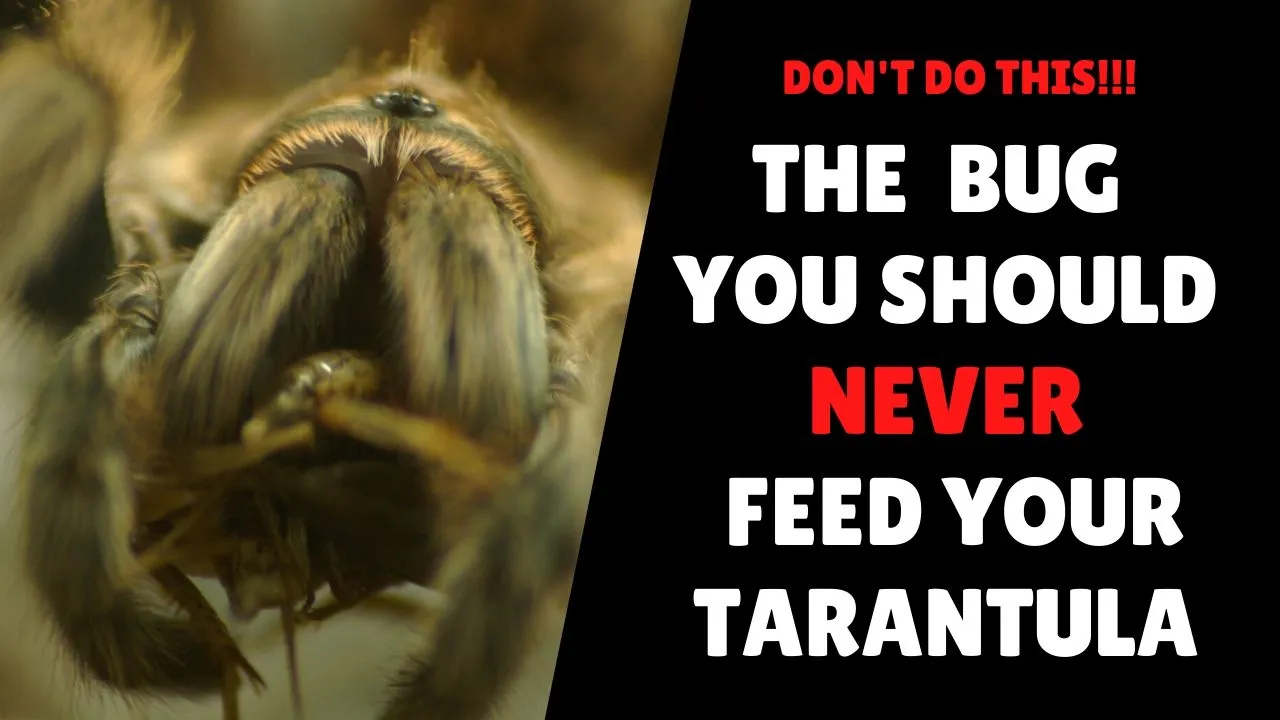Why Your Tarantula Won’t Eat
Discovering that your tarantula refuses to eat can be a worrying experience for any pet owner. Tarantulas, like all living creatures, have specific needs that must be met for them to thrive. A tarantula’s loss of appetite can stem from various factors, ranging from environmental stressors to underlying health issues. It is crucial to understand the potential causes of this behavior to ensure your eight-legged friend receives the proper care and attention it requires. Addressing the issue promptly can prevent further health complications and help restore your tarantula’s feeding habits. This article delves into the most common reasons why your tarantula might not be eating, offering insights and solutions to help you provide the best possible care.
Stress and Environmental Factors
The environment in which a tarantula lives plays a vital role in its overall well-being and feeding behavior. Several environmental factors can cause stress, leading to a loss of appetite. Tarantulas are sensitive creatures, and even minor disruptions in their habitat can significantly impact their willingness to eat. It’s important to identify and rectify any environmental stressors to encourage healthy feeding habits. Regularly assessing and adjusting the tarantula’s enclosure is a key part of responsible pet ownership, and can prevent future issues.
Improper Housing
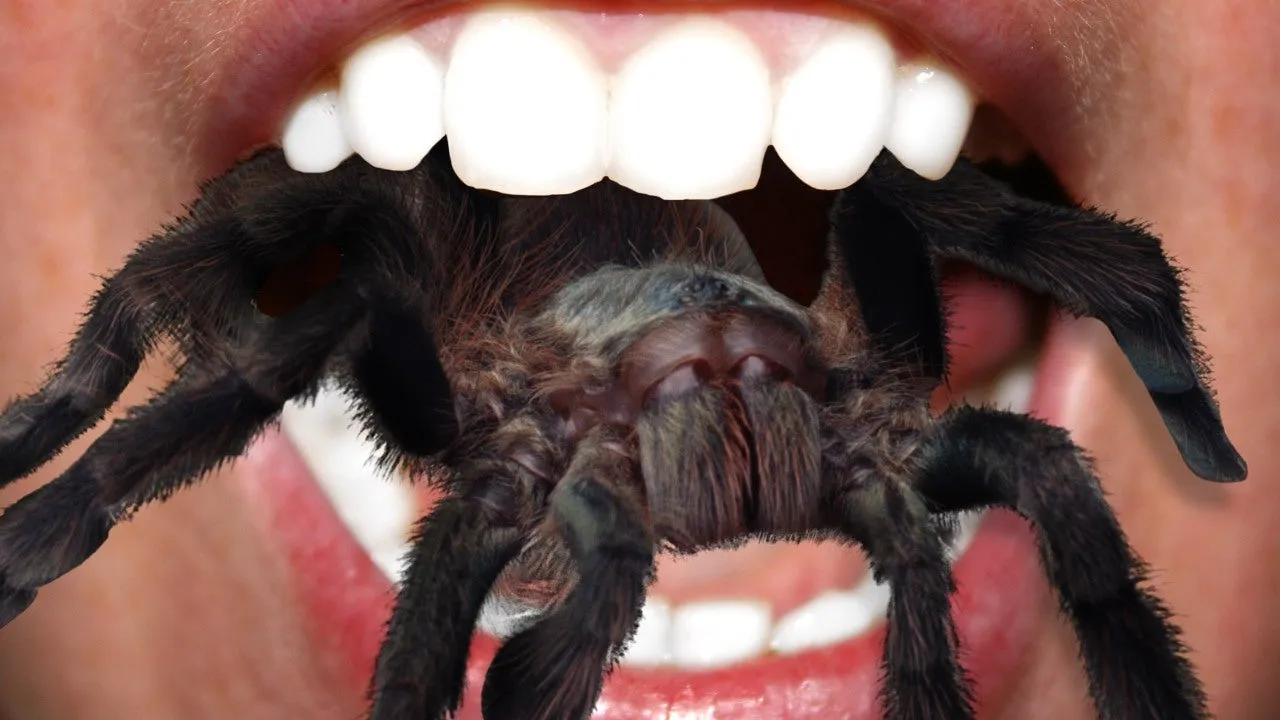
An improperly set up enclosure is a primary cause of stress for tarantulas. The enclosure must be the right size for the species, providing adequate space for movement and exploration. Overly large enclosures can make the tarantula feel exposed and insecure, potentially leading to a loss of appetite. Ensure the substrate is appropriate for the tarantula’s species, providing the right humidity levels and a safe environment. Using the right enclosure will avoid causing stress for your tarantula. A poorly constructed enclosure will always be an issue.
Incorrect Temperature
Tarantulas thrive within a specific temperature range. Temperatures that are too high or too low can disrupt their metabolism and feeding habits. Using a reliable thermometer is essential to monitor the enclosure temperature, ensuring it stays within the recommended range for your species. If you find the temperature is off, adjust the heating source, whether it is a heat mat, ceramic heat emitter, or the room’s ambient temperature, to maintain the ideal conditions. Regularly checking and adjusting the temperature is critical for their health.
Lack of Hiding Spots
Tarantulas are often secretive creatures that feel safe and secure in hiding places. The absence of sufficient hiding spots can cause stress, which in turn suppresses their appetite. Providing a hide, such as a cork bark, a half-log, or an artificial cave, allows the tarantula to retreat and feel safe. The hide should be appropriately sized for the tarantula to comfortably fit inside. A secure hiding place allows them to feel safe in their enclosure, and will reduce their overall stress.
Molting
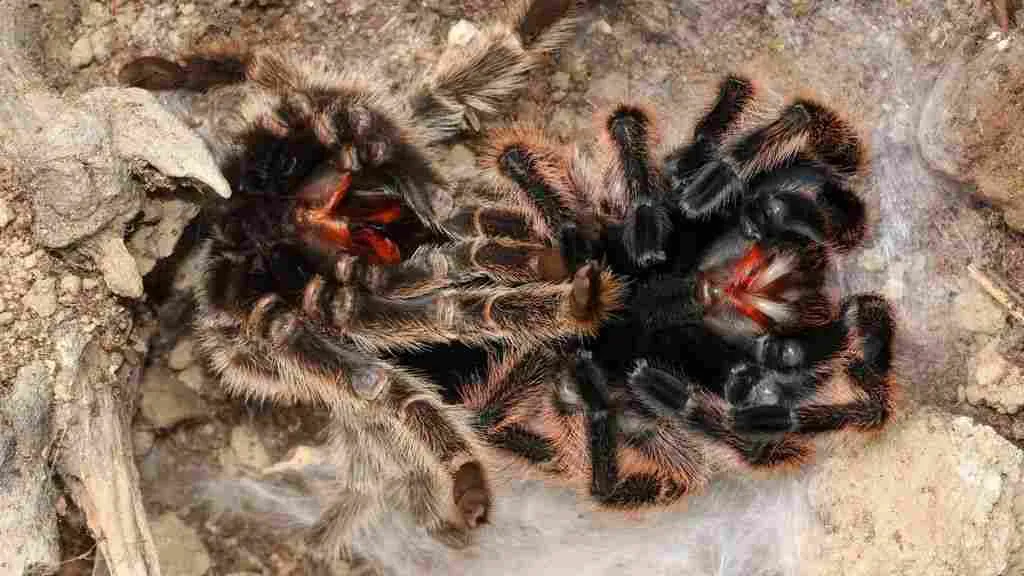
Molting is a natural process for tarantulas, involving shedding their exoskeletons to grow. During this period, they typically stop eating. Understanding the molting process can help you avoid unnecessary concerns about a tarantula refusing to eat. Recognizing the signs of an impending molt is crucial for providing proper care during this vulnerable time. The tarantula can be more sensitive during a molt, and it’s important to provide it with a comfortable environment.
Pre-Molting Behaviors
Before molting, tarantulas often exhibit specific behaviors. They may become less active, refuse food, and sometimes seal themselves into their burrow or hide. The abdomen of the tarantula might appear darker, and the skin between the segments might look stretched. Observing these signs can help you anticipate the molt, allowing you to avoid disturbing the tarantula during this process. Knowing the signs of an upcoming molt is beneficial for the owner.
Post-Molting Behaviors
After molting, the tarantula’s exoskeleton is initially soft and vulnerable. It will typically remain in its hiding place for a while, waiting for the new exoskeleton to harden. During this time, it is common for the tarantula to abstain from food. You should wait a few days to a week after the molt before offering food, giving the tarantula time to fully recover. Offering prey too soon can cause harm to the tarantula as they are very vulnerable at this time.
Illness and Parasites

Just like any other animal, tarantulas can fall ill or become infected by parasites. These health issues can affect their appetite. Recognizing the signs of illness and knowing how to address them is crucial for maintaining your tarantula’s well-being. Promptly identifying health issues can prevent them from developing into more serious problems. Maintaining a clean and healthy environment for your tarantula is crucial in preventing many health problems.
Signs of Illness
Several signs can indicate that your tarantula is unwell. These include lethargy, loss of appetite, unusual posture or behavior, and physical abnormalities like a swollen abdomen or discolored patches. Other signs include difficulty moving or climbing, tremors, or vomiting. If you observe any of these symptoms, it is essential to consult a veterinarian experienced with exotic animals. Do not hesitate to seek veterinary advice. The faster you seek help, the better the chances of recovery.
Parasite Infestation
Tarantulas can be infested with various parasites, such as mites. Parasites can cause skin irritation, discomfort, and loss of appetite. Regularly inspecting your tarantula for signs of parasites, like small moving dots on the body or in the enclosure, is crucial. If you suspect a parasite infestation, consult a veterinarian for appropriate treatment. Maintain a clean enclosure and quarantine new tarantulas before introducing them to other specimens.
Dietary Issues
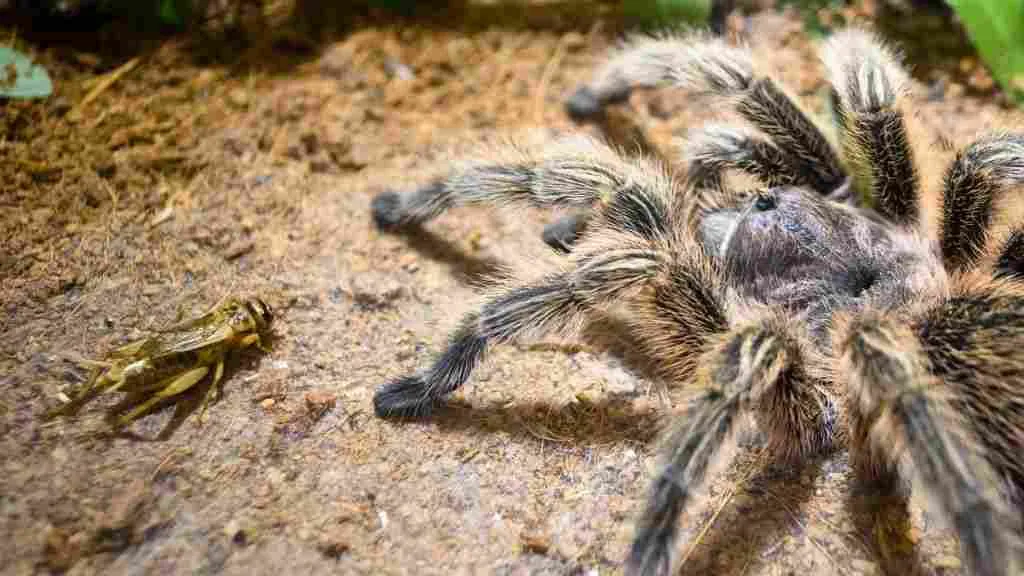
A tarantula’s diet is a crucial factor in its health and feeding habits. Improper prey size and nutritional deficiencies can lead to a loss of appetite. Understanding the dietary needs of your specific tarantula species will ensure you provide the right food in the correct amounts. The quality of the food you provide significantly impacts your tarantula’s health, so providing the correct diet is important.
Improper Prey Size
Offering prey that is too large for your tarantula can overwhelm it, potentially leading to a lack of interest in food. The prey should be no larger than the tarantula’s body size. If the prey is too big, the tarantula might be intimidated or unable to handle it. It can also pose a risk of injury to the tarantula during the feeding process. Always make sure to offer prey that is appropriate for the tarantula’s size and developmental stage.
Nutritional Deficiencies
Tarantulas require a balanced diet to thrive. The prey you offer should be healthy and nutritious. If the prey is not properly fed or is deficient in essential nutrients, the tarantula may not receive the necessary vitamins and minerals. This can lead to poor health and a lack of appetite. Ensure the prey insects are gut-loaded (fed nutritious food) before offering them to your tarantula. This ensures the tarantula gets the necessary nutrients to thrive.
Other Potential Reasons
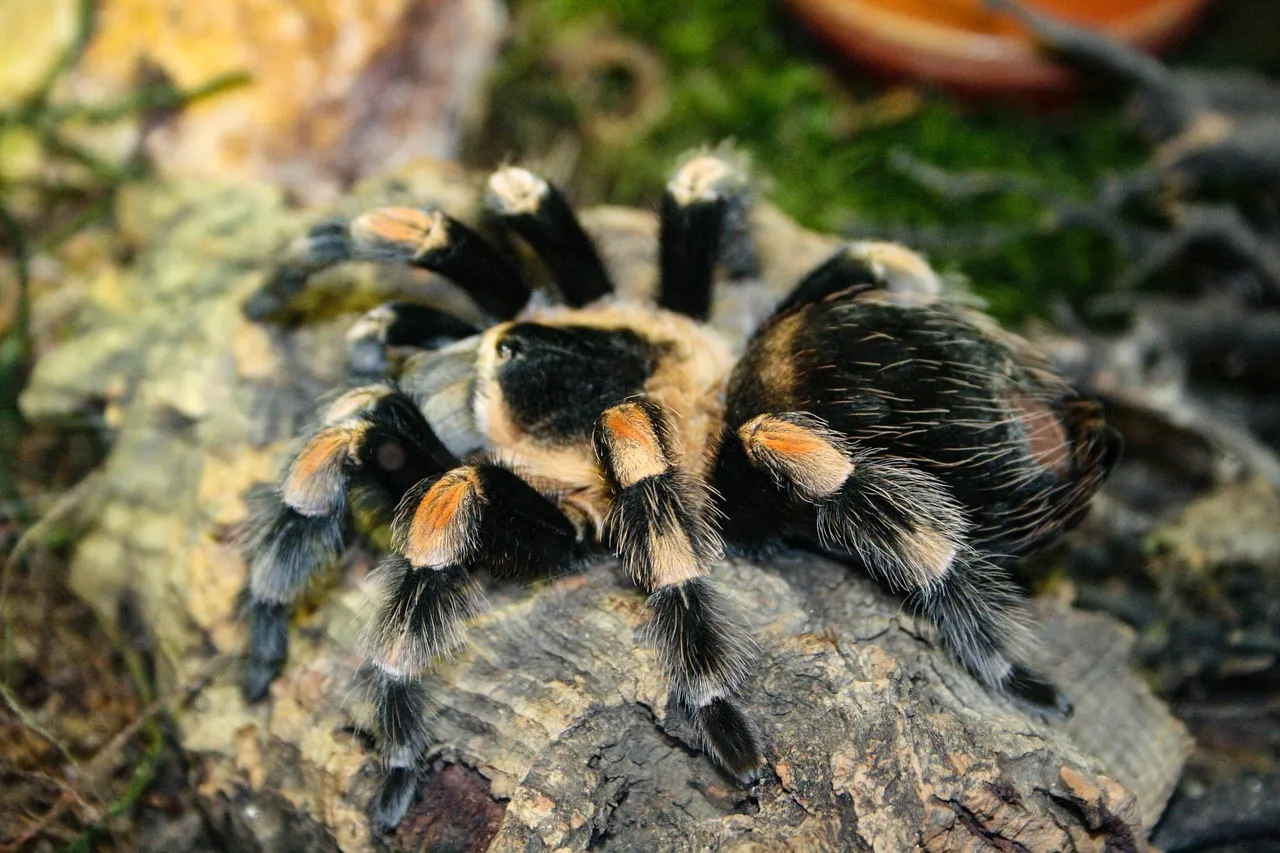
Several other factors can contribute to a tarantula’s reluctance to eat. These include species-specific feeding preferences, seasonal changes, and environmental variations. Understanding these elements will help you determine the best course of action for your pet. Being aware of these factors can help you provide better care for your tarantula. Some species have different needs, and knowing them is part of responsible pet ownership.
Tarantula Species and Feeding Preferences
Different tarantula species have different feeding preferences and habits. Some species are naturally more voracious eaters, while others are more selective. Researching your tarantula’s specific species to understand its dietary habits will help you provide the best possible care. Certain species may prefer specific types of prey, and some may eat less frequently than others. Knowing the specific traits of the species can avoid future issues.
Seasonal Changes and Feeding
Seasonal changes can sometimes influence a tarantula’s appetite. During colder months, their metabolism slows down, and they may eat less frequently. In warmer seasons, they tend to be more active and may eat more. Adjust your feeding schedule to account for these seasonal variations. Paying attention to the environmental changes can help you understand why your tarantula’s feeding habits have changed. Monitoring your pet’s behavior during different times of the year can also prevent issues.
How to Address the Issue
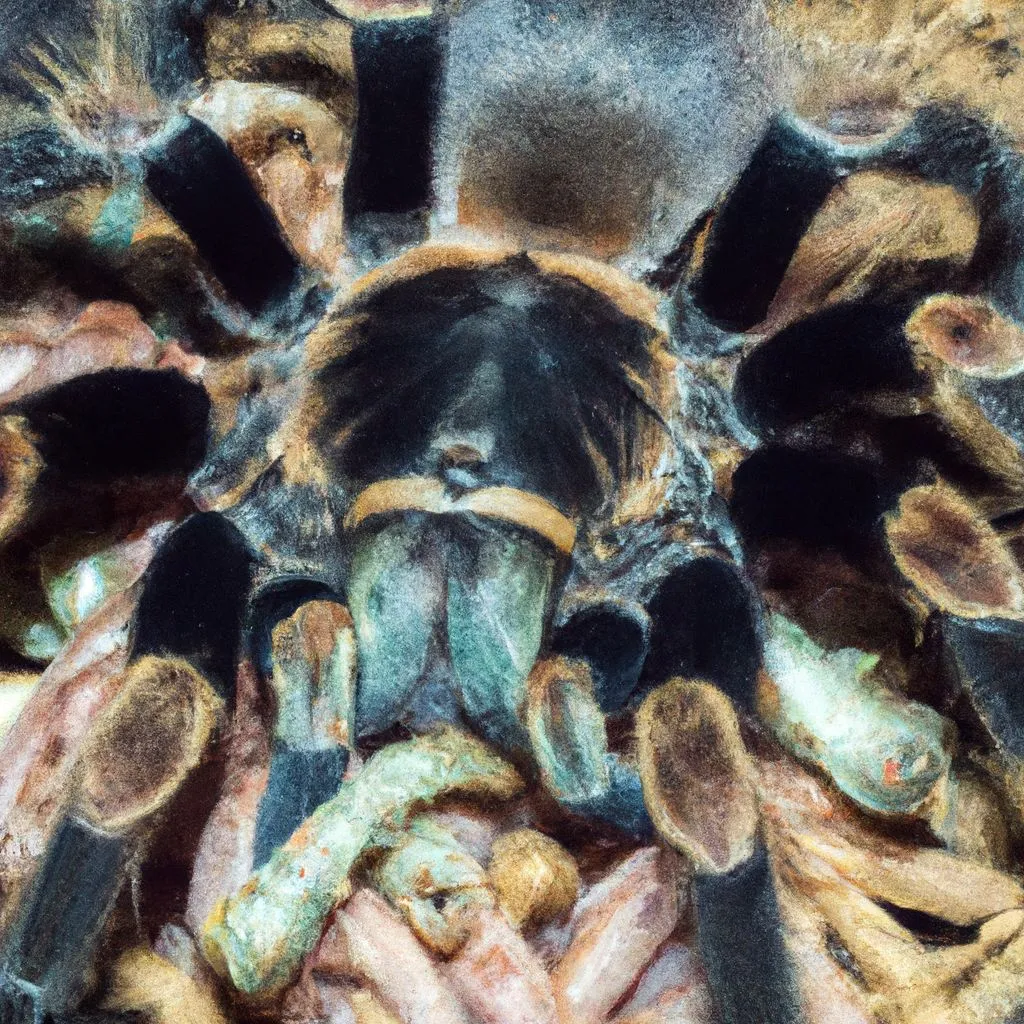
If your tarantula is not eating, a systematic approach is necessary to identify and resolve the underlying causes. Starting with environmental checks and offering appropriate prey can often resolve the issue. However, in some cases, veterinary advice may be necessary. A thorough assessment of your tarantula’s environment and behavior is essential. Having a clear plan will help you solve the issue quickly. Being organized and methodical is a great way to get your tarantula to eat.
Check the Environment
Begin by carefully examining your tarantula’s enclosure. Ensure the temperature and humidity levels are within the ideal range for the species. Make sure the enclosure provides adequate hiding places and the substrate is appropriate. Correcting any environmental deficiencies can often resolve the feeding issue. Regularly maintaining the enclosure can also avoid issues in the future. Providing the correct environment can solve many issues.
Offer Appropriate Prey
Offer appropriately sized prey that is nutritious and gut-loaded. If the tarantula refuses food, try different types of prey. Varying the diet can sometimes stimulate their appetite. Remove any uneaten prey after 24 hours to avoid stressing the tarantula or exposing it to potential injury. Providing a varied diet and avoiding stress will help your tarantula eat. A happy, healthy tarantula will always eat.
Monitor for Illness
Closely observe your tarantula for any signs of illness. If you notice any unusual symptoms, consult a veterinarian experienced in exotic animals. Early detection and treatment are crucial for the tarantula’s well-being. Keep a record of your tarantula’s behavior and feeding habits to help in the diagnosis. Knowing the signs of illness can help you prevent serious health issues. Do not hesitate to consult a veterinarian for help.
When to Seek Veterinary Advice
If your tarantula continues to refuse food for an extended period, or if you observe any signs of illness, it’s crucial to seek veterinary advice. A veterinarian can diagnose the underlying cause and recommend appropriate treatment. Do not delay in seeking professional help. Early intervention can significantly improve the chances of a positive outcome. Prioritizing your tarantula’s health is essential to its well-being.
In conclusion, a tarantula’s refusal to eat is a common concern, but usually can be addressed with understanding the reasons behind the issue and addressing the possible issues. By providing the correct environment, a proper diet, and keeping a close eye on your pet’s health, you can encourage healthy feeding habits and ensure a long and healthy life for your tarantula. Being attentive to your tarantula’s needs is key to responsible pet ownership.
